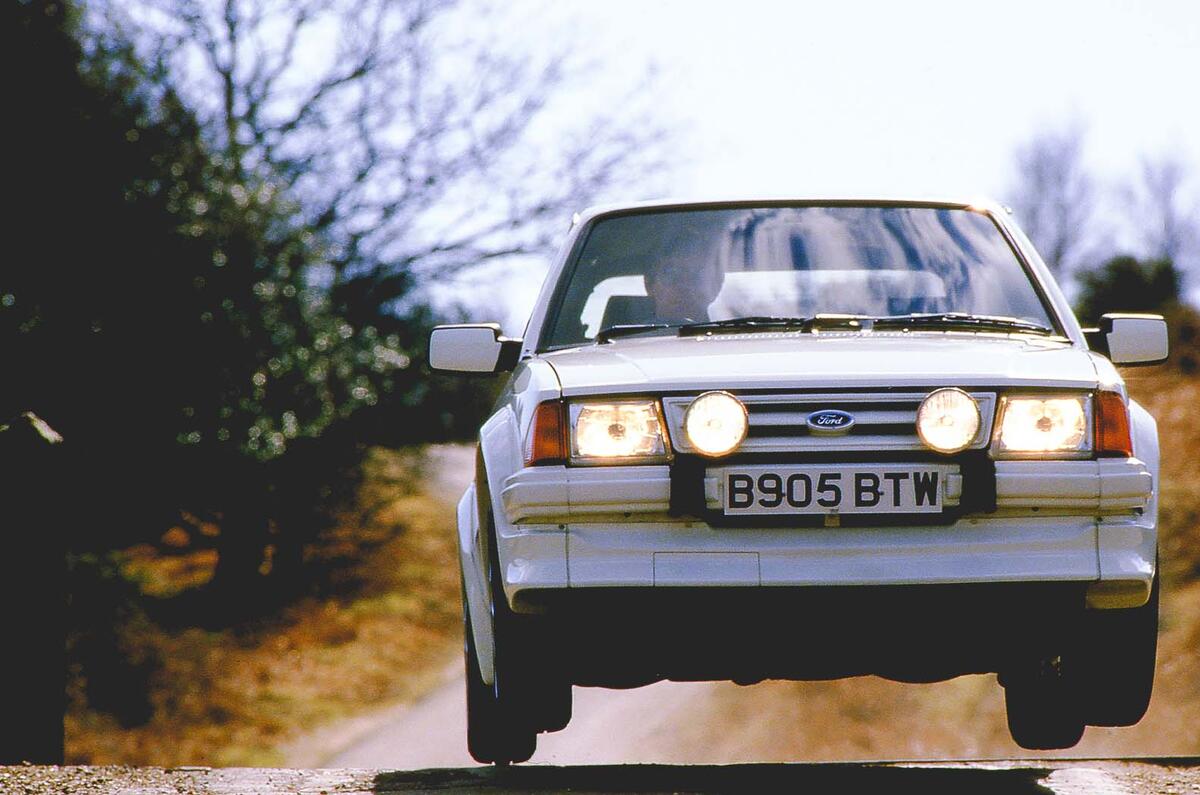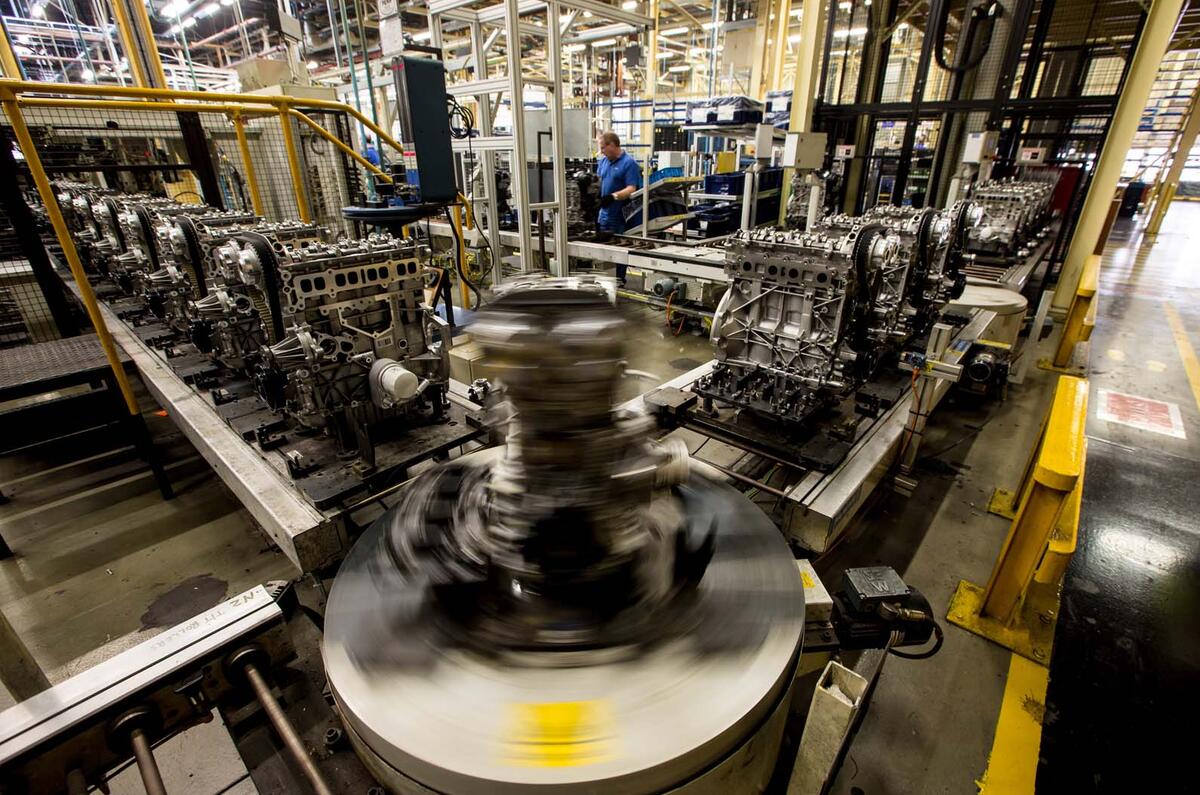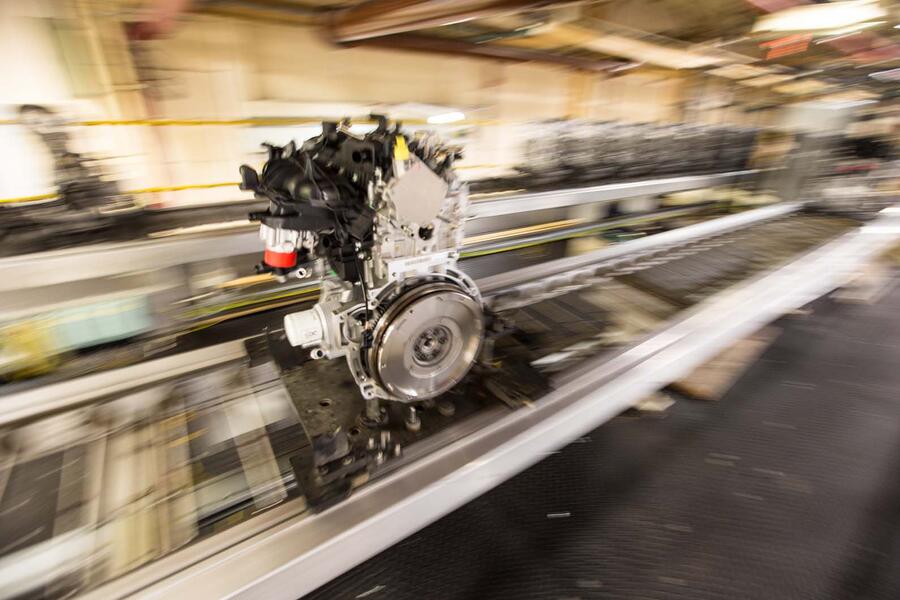Ford’s closure of its Bridgend engine plant ends a chapter that began at the peak of the brand’s popularity in the UK in the 1970s and reflects current changes in car buyer’s tastes, misdirected product planning and pressure to electrify its fleet to hit EU CO2 targets.
The Bridgend closure will be devastating for the 1700 employees but it will also hit a further 5000 or so in the wider economy. “We fear the knock-on effect and it will be substantial,” said Tim Williams of the Welsh Automotive Forum, an alliance of car industry businesses in Wales.

There is a glimmer of hope in the shape of Aston Martin’s St Athan plant, 12 miles to the south-east, but the chances of Ineos taking space to build its Grenadier 4x4 at the Ford site have now faded.
Aston now represents the future for the car industry in Wales. It built its first DBX crossover at St Athan last week, with recruitment for 550 new assembly staff due to start in September. “I’m sure we will have plenty of applications from the Bridgend area,” said an Aston spokesman.
Suppliers to Ford will also be affected, although few major component makers are local. Block castings, for example, are trucked in from Ireland and the plant has an extended supply chain stretching onto mainland Europe.































Join the debate
Add your comment
What went wrong
its simple really, the biggest customers JLR and Volvo now build their own engines and are not reliant on Ford/PSA designs anymore.
Unions
What went wrong has been going wrong for decades: Unions
The greatest asset an Employee has is CHOICE. Unions deprive that individual of choice and BRAINS. Brains bcz who in their sane mind would allow another group or person(s) to "bargain' for YOUR wages?? You 'ave a brain - bloody well use it
Real_sluggo wrote:
Idiotic comment. They have unions in Germany and Spain and France etc. Nissan is / was the most efficient plant in Europe - same unions there too. Unions at Toyota - they seem to work pretty well.
Unions deprive individual of choice and brains? What choice does an employee have when his paymaster says he has to increase his workload for less money? Or when safety is compromised?
Ever watch 'Made in Dagenham'? Ford paid the women a fraction of what they paid men because they were deemed to be 'unskilled'. You agree with Ford do you that women aren't worth as much as men?
Like everything in life you have bad unions and you have good unions, but your comment shows you're the one with no brains.
Ford making cuts across
Ford making cuts across Europe, also closing plants in France and Russia and selling a plant in Slovakia
Their problems are much wider than just the UK
Mikey C wrote:
No doubt the SMMT will try to blame that lot on Brexit too.